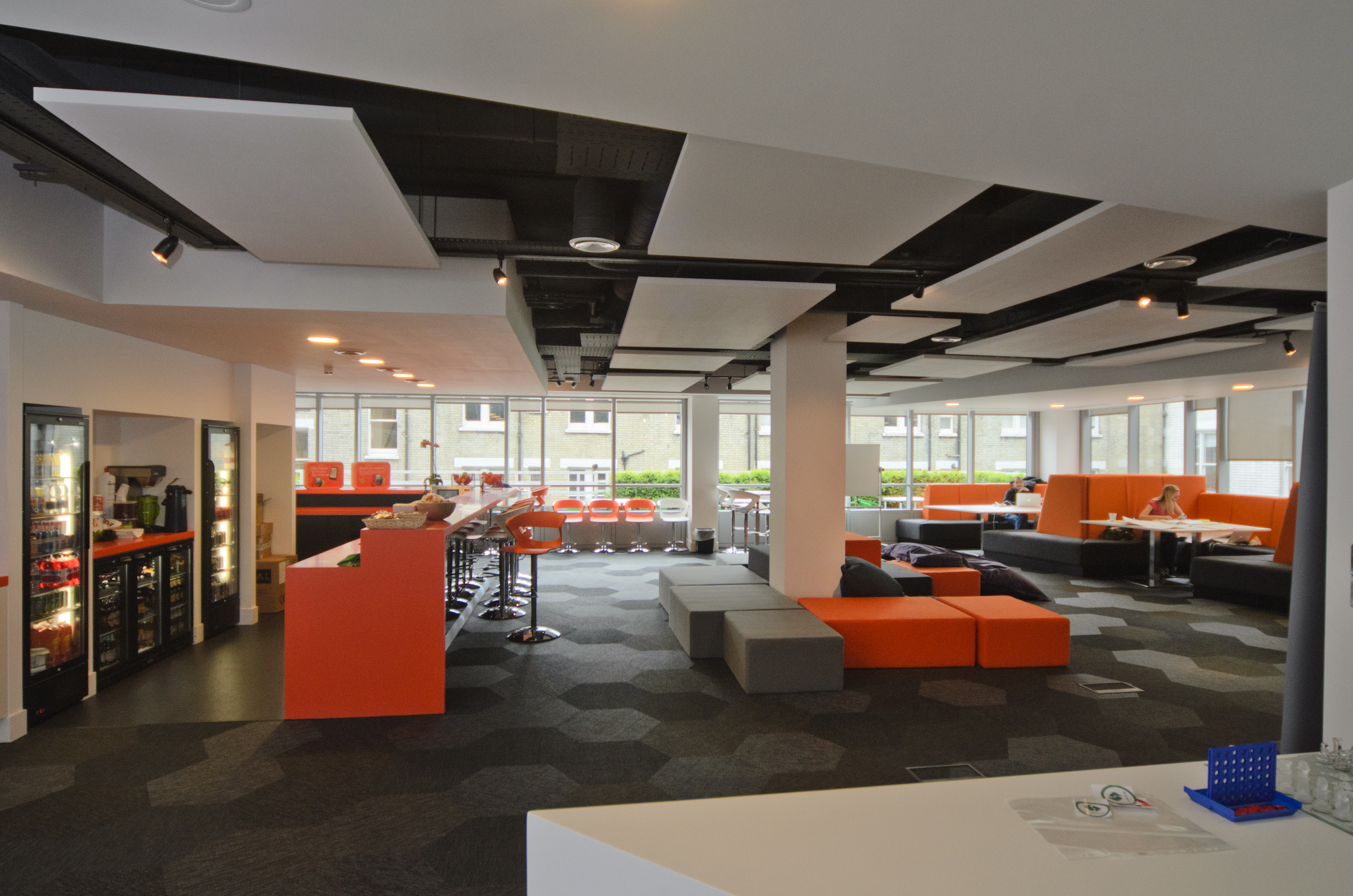Watching tweets and posts scroll by about last days of school around the world is giving me that familiar 'last days of school' feeling.
It's not that I'm overexcited for vacation (yes I am), I'm excited to get to work on my Summer PD! I truly enjoy abandoning the schedules and information of teaching to focus on the thinking. The key word for my plans for the summer is Design.
Why Design? First, I would like to consider graphic design principles to make the learning environment more engaging and inspiring for my students. As my classroom becomes more internet-based, I want to avoid the abyss of screens full of text, but I don't want to create experiences littered with gaudy images or unbalanced webpages. Luckily, my wife,
Yuka, is a freelance illustrator and designer, so she will be able to direct me toward good resources for my self-study project, and perhaps assign some authentic and useful assessments.
 |
| Creative Space: Mozilla London (photo cc Rock drum) |













